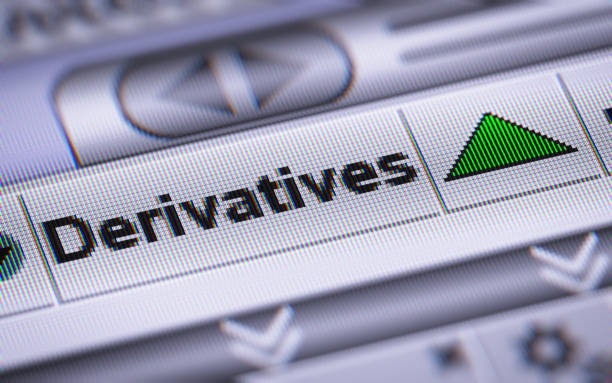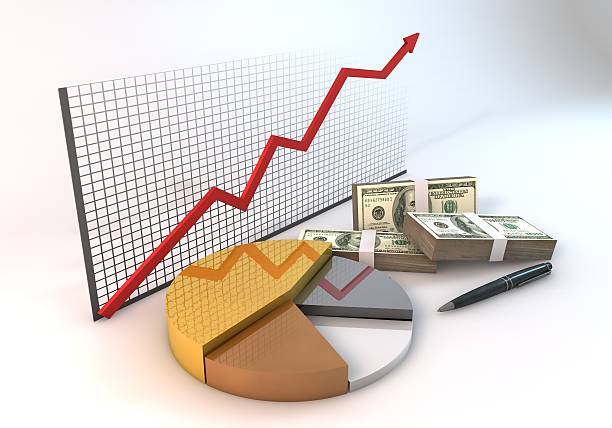
Introduction
If you are new to the stock market, one of the first questions that comes to mind is – what is the difference between a Demat account and a Trading account? Many beginners think they are the same, but in reality, they serve different purposes.
Both accounts are necessary to buy and sell shares in the Indian stock market. Understanding the difference will not only clear your basics but also help you manage your investments better. In this article, we will explain what a Demat account is, what a Trading account is, their differences, charges, and how both work together.
What is a Demat Account?
A Demat Account (short for Dematerialized Account) is used to store your shares and securities in electronic form. Just like you keep money in a bank account, you keep your stocks in a Demat account.
Earlier, shares were issued in physical form (paper certificates). This was risky due to theft, loss, or damage. To solve this, the National Securities Depository Limited (NSDL) introduced electronic shareholding in 1996, and Demat accounts became mandatory for trading in the stock market.
Features of a Demat Account:
- Holds shares, mutual funds, ETFs, bonds, and other securities in digital format.
- Eliminates the risk of physical certificates.
- Easy transfer of shares from one account to another.
- Mandatory for stock market investors.
👉 Example: If you buy 100 shares of Infosys, those shares will be credited to your Demat account.
What is a Trading Account?
A Trading Account is used to buy and sell shares in the stock market. It acts as a bridge between your bank account and your Demat account.
When you place an order to buy shares, your Trading account pulls money from your bank account and purchases the shares. Once purchased, the shares are transferred to your Demat account. Similarly, when you sell, your Trading account debits the shares from your Demat and transfers money to your bank.
Features of a Trading Account:
- Used for buying and selling stocks.
- Linked with both your bank and Demat account.
- Provides access to stock exchanges like NSE and BSE.
- Can also be used for derivatives, commodities, and currency trading.
👉 Example: If you want to buy 100 shares of Infosys, you will place the order through your Trading account.
Demat Account vs Trading Account: Key Differences
Here’s a side-by-side comparison to make it crystal clear:
| Parameter | Demat Account | Trading Account |
|---|---|---|
| Purpose | Stores securities in electronic form | Facilitates buying and selling of securities |
| Function | Acts like a digital locker | Acts like a transaction platform |
| Linked To | Linked to Trading account | Linked to both Demat and Bank account |
| What it Holds? | Shares, bonds, ETFs, mutual funds | No holding, only buying/selling function |
| Mandatory? | Mandatory for investors | Mandatory for traders and investors |
| Regulated By | Depositories (NSDL & CDSL) | Stock Exchanges (NSE & BSE) |
| Charges | AMC, Demat charges | Brokerage fees, transaction charges |
👉 In simple words:
- Demat = Locker (Storage of shares)
- Trading = Gateway (Buy/Sell shares)
How Both Work Together in Stock Market Investing
To invest in the stock market, you need both accounts linked with your bank account. Let’s understand with an example:
- You want to buy 50 shares of Reliance.
- You log in to your Trading account and place a buy order.
- Money is deducted from your bank account.
- Shares are credited to your Demat account (within T+1 or T+2 days).
- When you sell, the reverse process happens – shares are debited from Demat, and money goes to your bank.
This shows that both accounts are interdependent. You cannot trade without a Trading account, and you cannot store shares without a Demat account.
Benefits of Having Both Accounts
- Convenience: Seamless transfer of shares and funds.
- Safety: Secure storage of digital securities.
- Accessibility: Trade anytime from your mobile or laptop.
- Diversification: Hold multiple securities like stocks, ETFs, bonds, and mutual funds.
- Transparency: Track all transactions online.
Charges in Demat and Trading Accounts
Before opening accounts, you must understand the charges:
Demat Account Charges
- Account Opening Charges – Some brokers charge ₹200–₹500, while many offer zero-cost opening.
- Annual Maintenance Charges (AMC) – ₹300–₹800 yearly.
- Transaction Charges – For each debit of shares.
Trading Account Charges
- Brokerage Charges – Per trade or as a percentage. (Discount brokers charge ₹20 per order, while full-service brokers may charge more).
- Transaction Charges – By exchanges.
- Taxes – STT, GST, SEBI charges.
👉 Always compare brokers before opening your account.
Which One Do You Need as a Beginner?
If you want to:
- Invest in stocks for the long term → You need both Demat & Trading accounts.
- Trade intraday or derivatives (F&O) → You mainly use a Trading account, but a Demat is still required for delivery-based trades.
- Invest in mutual funds only → You may not need a Trading account (depending on platform).
Most brokers today provide a 2-in-1 or 3-in-1 account (Demat + Trading + Bank), making it easier for beginners.
Conclusion
In the world of investing, a Demat account is your digital locker and a Trading account is your gateway to buy/sell shares. Both are equally important and work hand in hand.
For beginners, understanding this difference is crucial before starting their investment journey. Always choose a reliable broker, compare charges, and keep your accounts secure with strong passwords and two-factor authentication.
With the right Demat and Trading account, you can step confidently into the stock market and start building your wealth.




